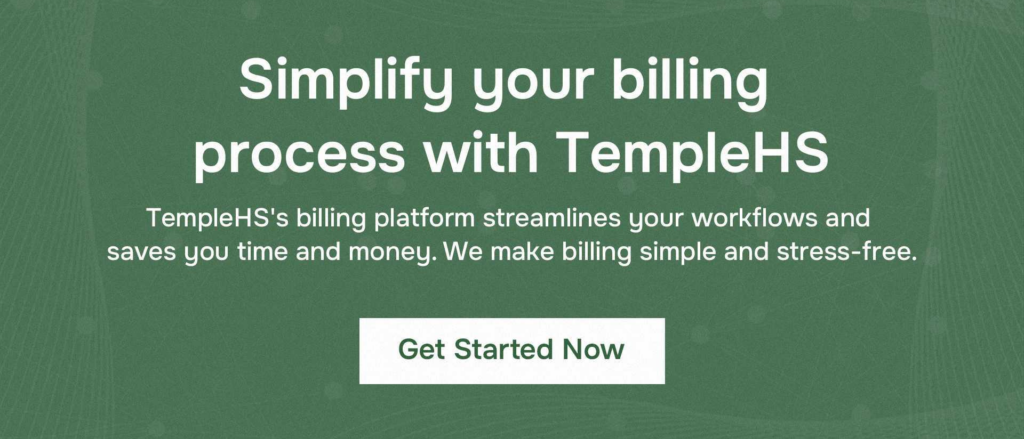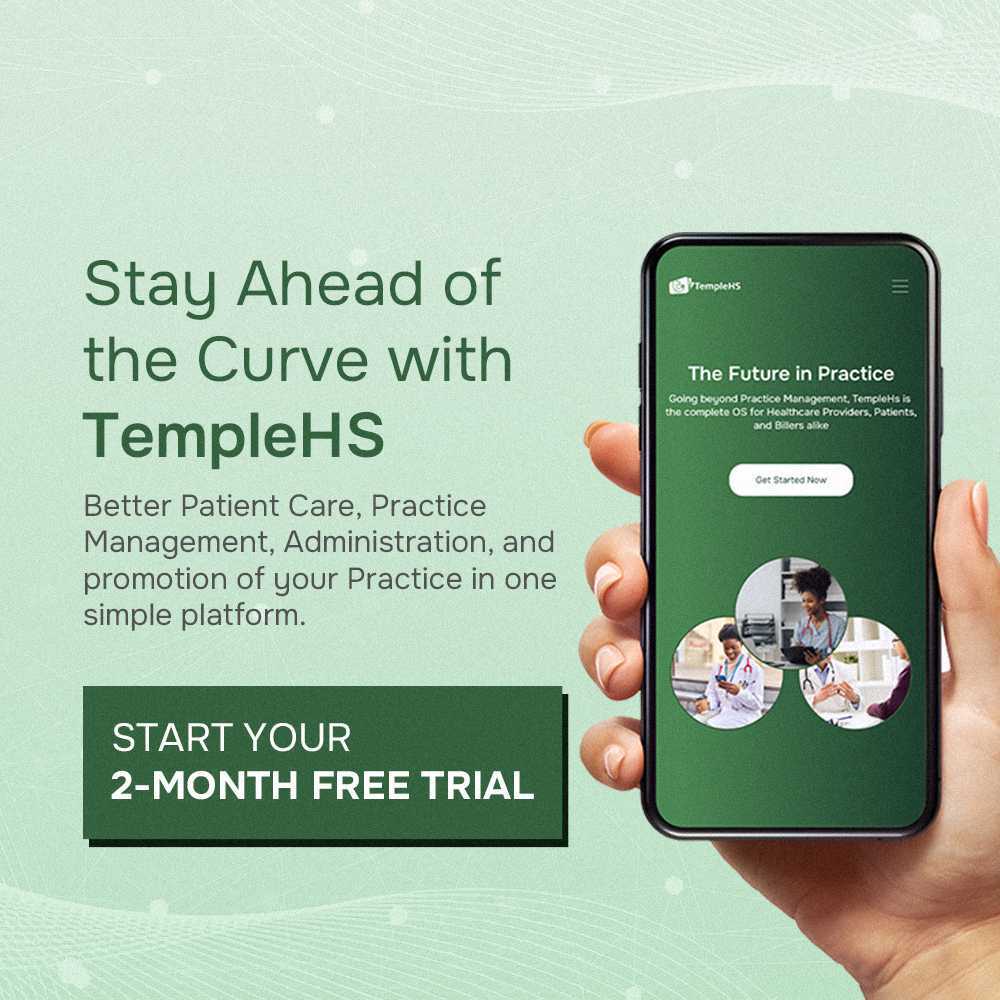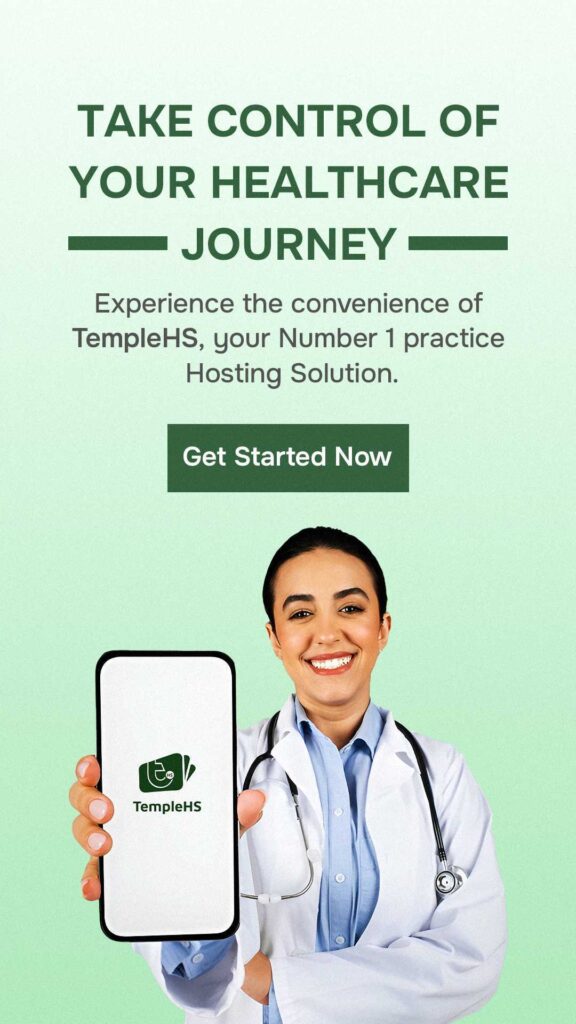Effective communication is the cornerstone of any successful healthcare system. As healthcare providers strive to enhance patient care and improve outcomes, the adoption of standardized documentation practices like SOAP notes in Electronic Health Records (EHRs) plays a pivotal role. SOAP notes, which delineate specific sections for Subjective, Objective, Assessment, and Plan, bring clarity and precision to patient records.
This structured approach aids in the accurate transmission of patient data and streamlines the workflow of healthcare professionals.
What are SOAP Notes?
SOAP notes are a method of documentation used by healthcare providers to write out notes in a patient’s chart as part of their medical records. SOAP is an acronym that stands for Subjective, Objective, Assessment, and Plan. The Subjective component describes the patient’s condition from their point of view, including symptoms and feelings.
The Objective section records what the clinician observes through examination, tests, and other diagnostic tools. Assessment involves the clinician’s evaluation and diagnosis of the patient’s condition. Finally, the Plan details the next steps for treatment, further testing, or follow-up care. This structured format helps ensure clear and organized clinical communication and documentation.
The Importance of SOAP Notes in an EHR
1. Standardization of Patient Documentation
SOAP notes provide a standardized method for documenting clinical encounters. This format, which stands for Subjective, Objective, Assessment, and Plan, ensures that all relevant aspects of a patient’s care are consistently recorded. This standardization aids in the creation of a more uniform health record that can be easily interpreted by different healthcare providers.
By using SOAP notes, healthcare professionals can quickly understand a patient’s history, the results of previous assessments, and the planned course of treatment, thereby facilitating better continuity of care.
2. Improved Communication Among Healthcare Providers
SOAP notes enhance communication among various healthcare professionals involved in a patient’s care. For example, a nurse may document the subjective and objective information, a physician might add the assessment, and another healthcare team member could note the follow-up plans.
This collaborative documentation in an EHR system ensures that each healthcare provider has access to the same comprehensive information, reducing errors and inconsistencies in patient care.
3. Efficiency and Time Management
SOAP notes in an EHR system enable healthcare providers to document care efficiently. The structured format allows quick entry of information, which saves time and reduces the likelihood of omitting critical data. With EHRs, these notes can be created, stored, and retrieved with far greater speed than paper records, allowing healthcare providers to manage their time more effectively and spend more face-to-face time with patients.
4. Enhanced Quality of Care
By systematically documenting each patient interaction with SOAP notes, healthcare providers can better track a patient’s progress and response to treatment. This detailed recording helps in making more informed clinical decisions and adjustments to treatment plans as needed, leading to improved patient outcomes. Additionally, the cumulative data gathered through SOAP notes can be used for quality improvement initiatives within healthcare facilities.
5. Legal and Regulatory Compliance
SOAP notes help ensure compliance with various legal and regulatory requirements. Detailed documentation of all interactions with patients can serve as a legal document in case of disputes or lawsuits.
It proves that the patient was assessed, diagnosed, and treated according to the accepted standards of care. Furthermore, regulatory bodies often require detailed records to support billing claims; well-structured SOAP notes ensure that all necessary information is available for audit purposes.
6. Data Analysis and Research
SOAP notes can be used in an EHR system for data analysis and research purposes. The structured data collected allows healthcare organizations to perform various types of analysis, such as identifying trends in patient outcomes or evaluating the effectiveness of specific treatments.
This can lead to better-informed policy decisions and improved healthcare practices. Furthermore, the accumulation of standardized data from SOAP notes can contribute to clinical studies and research, enhancing the overall knowledge base in medicine.
How TempleHS Can Help You
TempleHS enhances the management of healthcare through a combination of streamlined electronic health record (EHR) systems and other health management tools, which are crucial for modern healthcare providers and patients alike. The platform simplifies various aspects of medical practice, from appointment scheduling to patient communication and comprehensive access to medical records.
One of the standout features of TempleHS is its EHR system, which is designed to be both easy to use and highly secure, meeting HIPAA compliance standards. This ensures that patient data is protected while being easily accessible to authorized users. The system supports efficient patient care management by allowing healthcare providers to easily update and retrieve patient information, facilitating better medical decision-making and continuity of care.
TempleHS offers intuitive appointment management tools that enhance the scheduling process, making it more convenient for both providers and patients. These tools are complemented by telehealth services, which expand access to care, particularly beneficial in today’s increasingly digital and remote healthcare environment.
For healthcare providers, TempleHS promises not just ease of use but also the ability to maintain financial autonomy through transparent billing solutions and direct revenue models. The platform’s all-in-one approach and supportive features aim to reduce administrative burdens, allowing providers to focus more on patient care and less on operational complexities.
Conclusion
The integration of SOAP notes into EHR systems is more than a procedural enhancement—it is a transformative step towards more informed and coordinated healthcare. By providing a clear framework for documenting patient interactions, SOAP notes facilitate better communication among medical staff and ensure a continuity of care that is both efficient and effective.
As healthcare environments become more complex, the simplicity and clarity offered by SOAP notes within EHRs will undoubtedly become indispensable tools in the ongoing effort to provide the highest standards of patient care.



